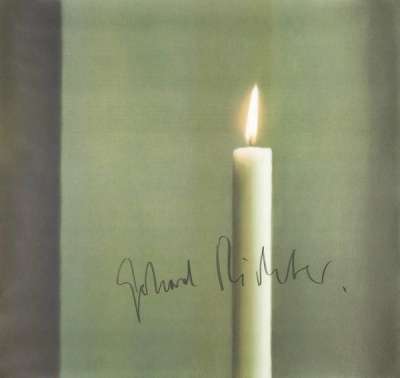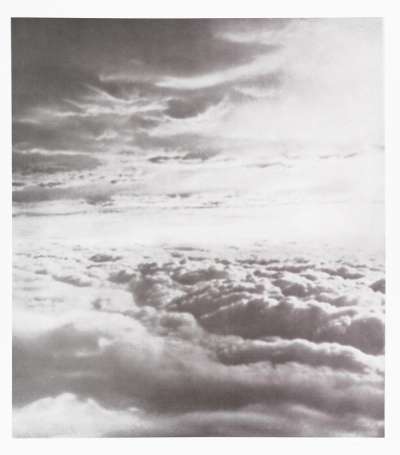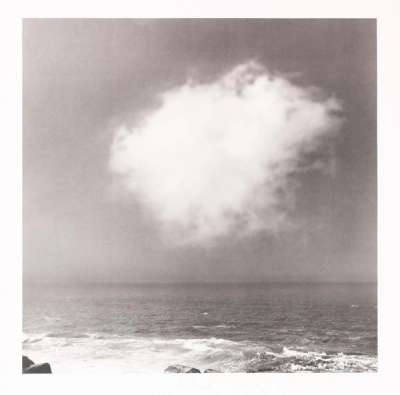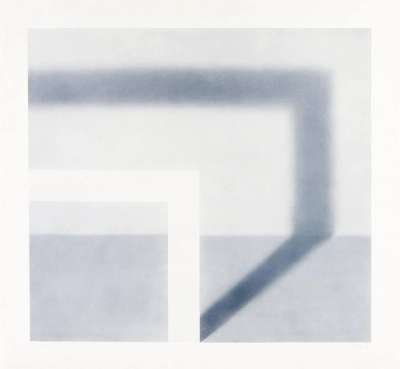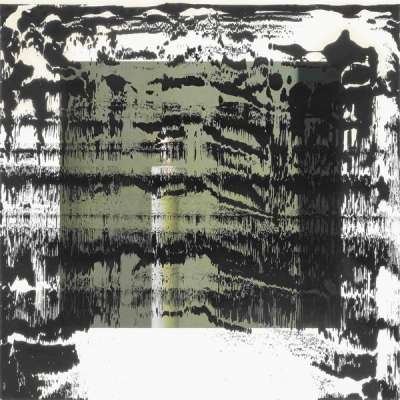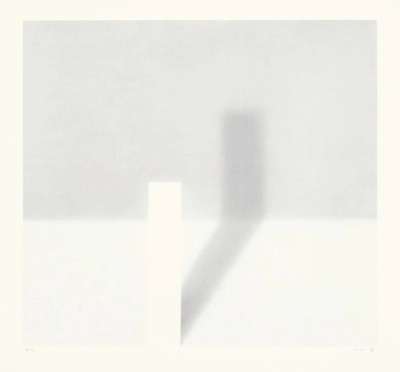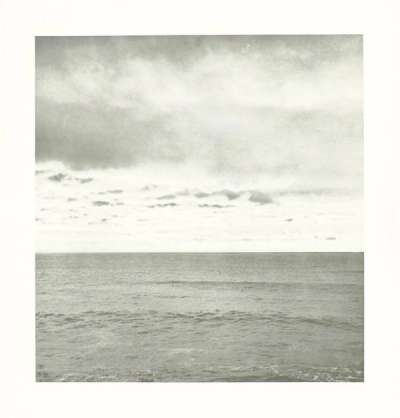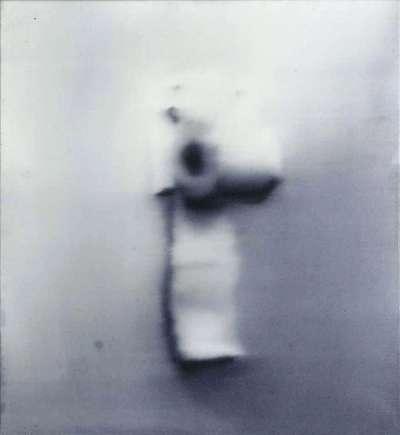
Babette

Babette
Signed Print
Gerhard Richter
Price data unavailable
AAGR (5 years) This estimate blends recent public auction records with our own private sale data and network demand.
There aren't enough data points on this work for a comprehensive result. Please speak to a specialist by making an enquiry.
Medium: Digital Print
Edition size: 32
Year: 2013
Size: H 50cm x W 40cm
Signed: Yes
Format: Signed Print
TradingFloor
Track this artwork in realtime
Watch artwork, manage valuations, track your portfolio and return against your collection
Track auction value trend
Auction Results
| Auction Date | Auction House | Location | Hammer Price | Return to Seller | Buyer Paid |
|---|---|---|---|---|---|
| March 2019 | Phillips London | United Kingdom | |||
| June 2017 | Phillips London | United Kingdom | |||
| October 2015 | Sotheby's London | United Kingdom |
Meaning & Analysis
This signed digital print from world-famous German artist Gerhard Richter was issued in an edition of 32 in 2013. Entitled Babette, the work is part of the artist’s Atlas series. Made after a painterly work completed by Richter in the same year, it is a standout example of the artist’s signature ‘blur’ effect, itself an important part of his artistic goal of challenging the relationship between painting and photography.
Reminiscent of the iconic Richter painting, Betty (1991), Babette sees Richter return to a universal interest of art the world over: the human face. The face in question is that of Richter’s daughter, Betty Richter, who wears a red-coloured top and stares concentratedly at the assumed onlooker - the camera lens. Obfuscating the young girl’s features, Richter imbues the artwork with a sense of memory and time; challenging the limitations of our vision, Richter asks us to look beyond the confines of canonical art historical representation, and towards the possibilities afforded by deconstruction and abstraction.
Richter’s Atlas makes reference to two central figures in European art history: Aby Warburg and Erwin Panofsky. Born in the late 19th century, Warburg invented a new way of looking at art and images, which he dubbed ‘iconology’. Panofsky, an academic who settled in the USA following the rise of the Nazi regime, developed Warburg’s new method. Like Richter himself, he was particularly interested in the relationship between art and history. Of great importance to both figures of the art historical world was Warburg’s ‘Mnemosyne Atlas’: a large-scale study of art consisting of 40 panels, onto which were affixed around 1,000 images from newspapers, magazines, and books. This large-scale ‘atlas’ was arranged thematically in as diverse categories as ‘coordinates of memory’, ‘vehicles of tradition’ and ‘archaeological models’. In his own Atlas, Richter constructs a similar assemblage of images that refer to historical events, such as the rise of Mao in China and the Holocaust, as well as key moments in his personal life.
Hailing from Germany, Gerhard Richter has not been confined to one visual style. A testament to versatility and artistic diversity, Richter's work spans from photorealism to abstraction and conceptual art, and his portfolio is rich in varied media. From creating bold canvases to working on glass to distort the lines between wall-based art and sculpture, Richter has honed in on the blur technique to impart an ambiguity on his creations. To this day, Richter is one of the most recognised artists of the 20th century with his art having been presented in exhibitions worldwide. His global impact underscores his legacy as a trailblazer of artistic exploration.

